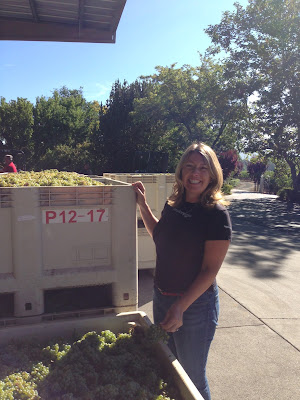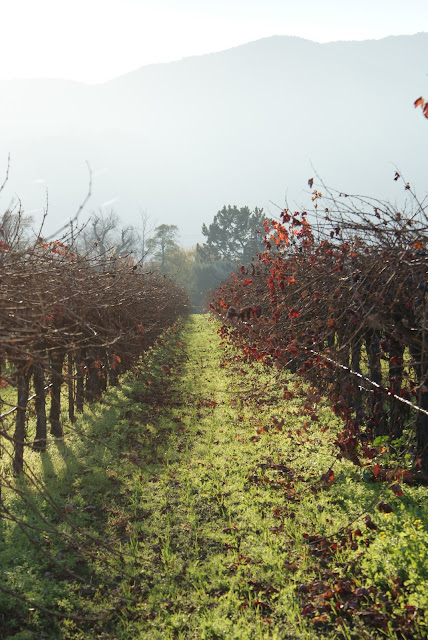“Why are American wines so expensive?”, asks a polite, but skeptical middle-aged couple from Germany. “At home, we never buy wine at such a price”. They both gesture to the twenty-two dollar bottle of Sauvignon Blanc on the counter between us. Immediately I feel my face start to flush. How do I explain, without a shred of pretention, why you, my adorable, inquisitive tourists, should be shelling out wads of cash for wine, when you live in a legendary, ancient wine-growing region?
Before a moment has passed, I realize there are plenty of reasons why our wines are priced at this level. As an East Coast transplant to the area, it is apparent to me that Napa is special, and the wines made here are quite rare. Driving through vineyard after vineyard, the farming spirit is in the air and the interconnectedness of it all is palpable. From sunshine, to leaves, to grapes, to press, to barrel, to bottle, the valley is a place where the line between wine and culture is quite blurry. The same is true for the sleepy river villages of the Mosel valley in Germany, for example.
But one difference is clear—that of age. While we are respectably established as one of the world’s great wine regions, when compared to France, Italy, Spain, and Germany, we are still viewed the young guns on the scene. The beauty of my argument, however, is that I consider it a good thing.
I go on to explain that in Napa, you do not have to be born into the business, inheriting your share of a centuries old chateau in order to be successful. In Napa, the spirit of the American Dream still whispers through the vines. It is a place that has been developed and transformed over the last 40 years by adventurers and audacious entrepreneurs, (Tony and Herta Peju included) and continues to reinvent itself and give way to possibility year after year (Enter Ariana and Lisa).
And while the title of vintner/proprietor is a noble one, it is not always a smooth road or an easy life. Prices reflect the monetary investment as well as the emotional one!
When this heartfelt monologue garnered only a few nods, a smile, and a shrug, I pushed sentiment aside and turned to the stats: Napa is small. It spans a mere 30 miles from north to south, and at some points is only 1 mile across. And although a vast portion of this land is vineyards, the Napa Valley accounts for only 4% of California’s wine. In a word, it is unique, and its wines are precious gems. That, in my mind, accounts for every penny and more.
As for my new German friends, they were won over by the facts and figures. They bought the bottle of Sauvignon Blanc, went out to the terrace and soaked up the *January* California sunshine with a glass of wine in hand.















.jpg)

.jpg)































